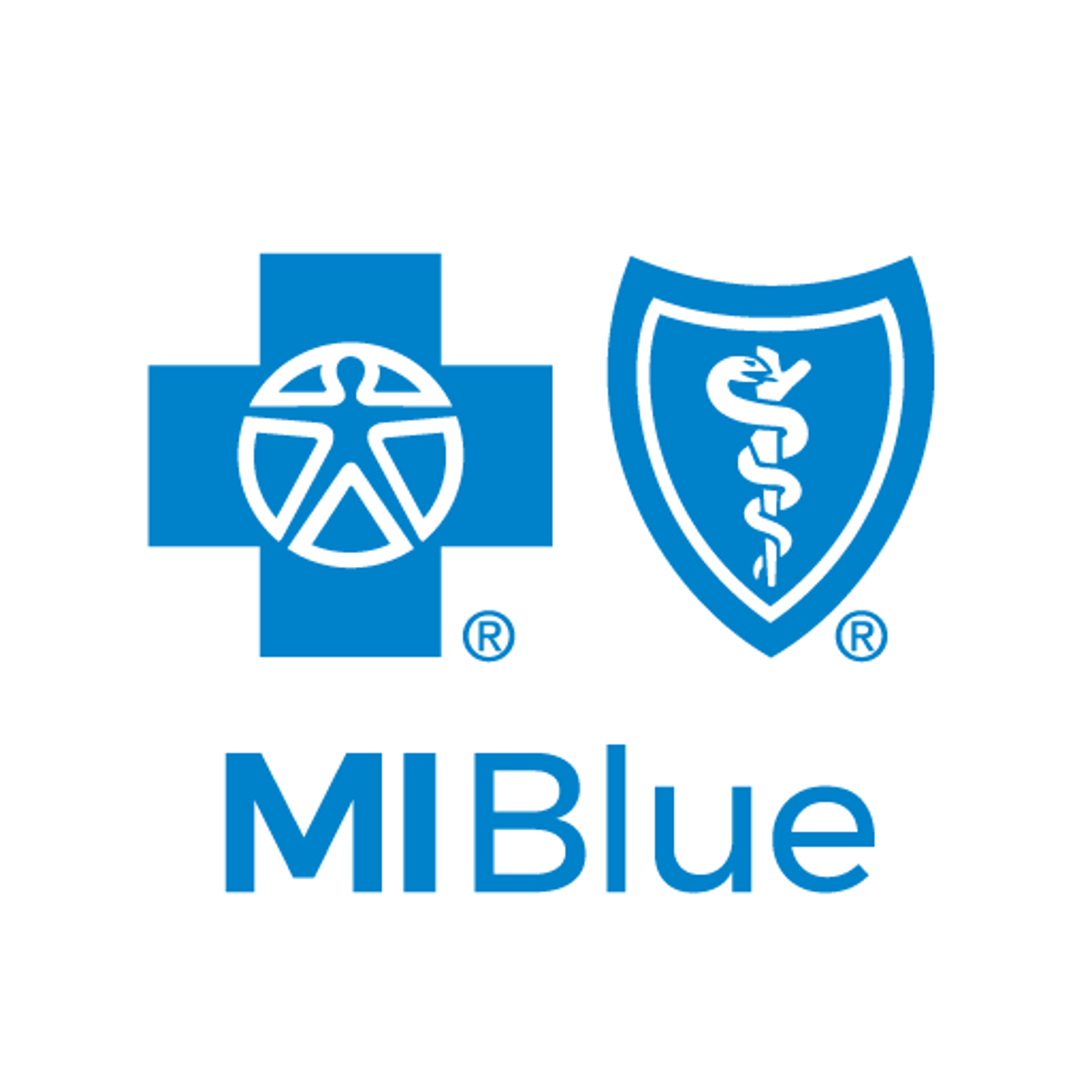Breast Cancer Prevention: Steps to Take Today

Blues Perspectives
| 3 min read

Breast cancer is the most common cancer for women in the United States, not counting some types of skin cancer. Close to 297,800 new cases of invasive breast cancer are expected to be diagnosed in 2023. Despite how common breast cancer is, many women aren’t as familiar as they should be with breast cancer screenings and prevention. Find out the steps you can take today to reduce your risk and catch the disease early.
Risk Factors & Symptoms
The United States Centers for Disease Control and Prevention (CDC) provides a comprehensive list of risk factors for breast cancer. For example, as you age, your risk for breast cancer increases. Other risk factors include certain genetic mutations, having dense breasts, starting menstruation early and a family history of breast cancer.
There are several symptoms to look for, like noticing a new lump in the breast or underarm, thickening or swelling of part of the breast, nipple discharge other than breast milk and pain in any area of the breast. While these symptoms don’t necessarily mean you have breast cancer, it’s important to talk to your doctor whenever you notice a change.
Breast Cancer Prevention
Here are some of the questions to ask as you think about how to prevent breast cancer or catch it early.
What are my screening options?
Cancer screenings are tests that may detect cancer or abnormalities before symptoms are present. The benefit of screenings is the potential to detect cancer at an early stage, when treatments may be more effective. The most common screening method is a mammogram, which is when x-ray photos of the breast tissue are taken.
Mammograms have been proven to lower the risk of death from breast cancer by 35% in women over the age of 50. This important preventive exam is covered by many Blue Cross plans. Find out what your plan covers by logging into your member account here.
How often do you need to get screened?
The American Cancer Society recommends that women ages 40 to 44 have the option for yearly screenings, women ages 45 to 54 should get mammograms every year and women 55 and older can switch to every other year or continue yearly exams. Consult with your doctor to discuss an individualized plan based on your risk factors.
What about self-exams?
The self-exam is an important way to detect unusual changes in your breast that may be cause for concern. These exams can be performed by yourself in the shower, in front of a mirror or lying down. This helpful graphic provides instructions for how to properly conduct a self-breast exam. If you notice a change, talk to your doctor about it. For more information about breast cancer prevention, treatment and diagnosis, check out these blog posts:
- Pink Prevention: Your Guide to Screening for Early Breast Cancer Detection
- Women’s Health: The Doctors and Specialists Who Keep You Healthy
- How a 'Game' Helps Me Fight Fears of Cancer Recurrence
Photo credit: Getty Images





